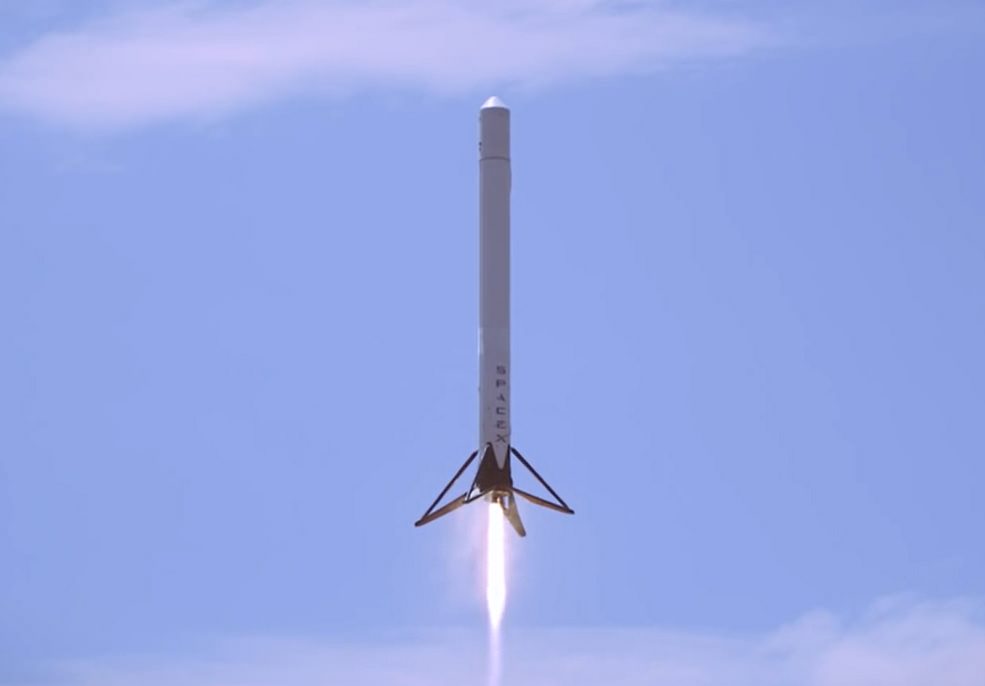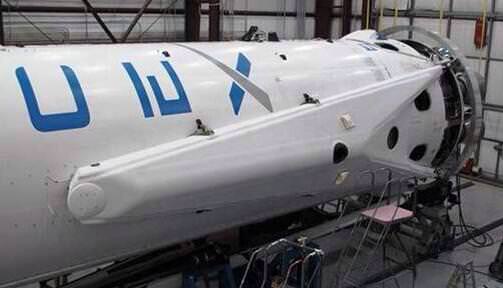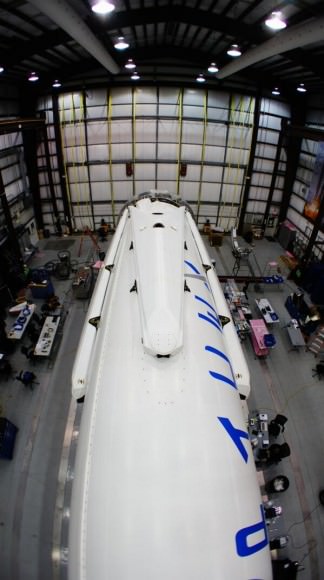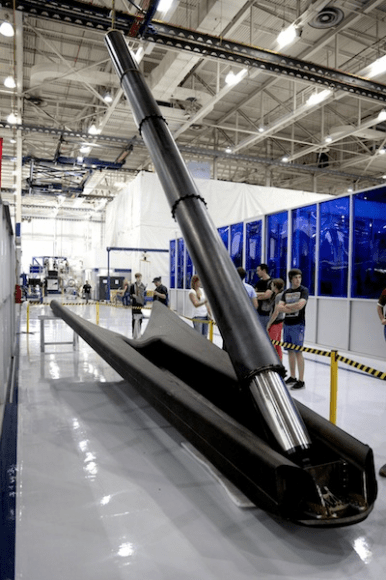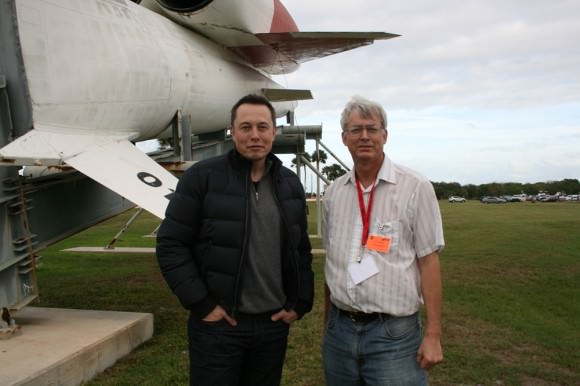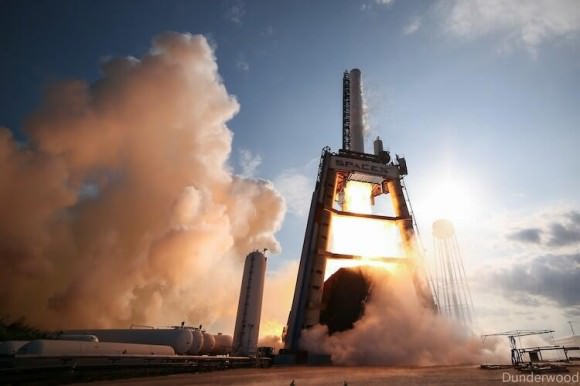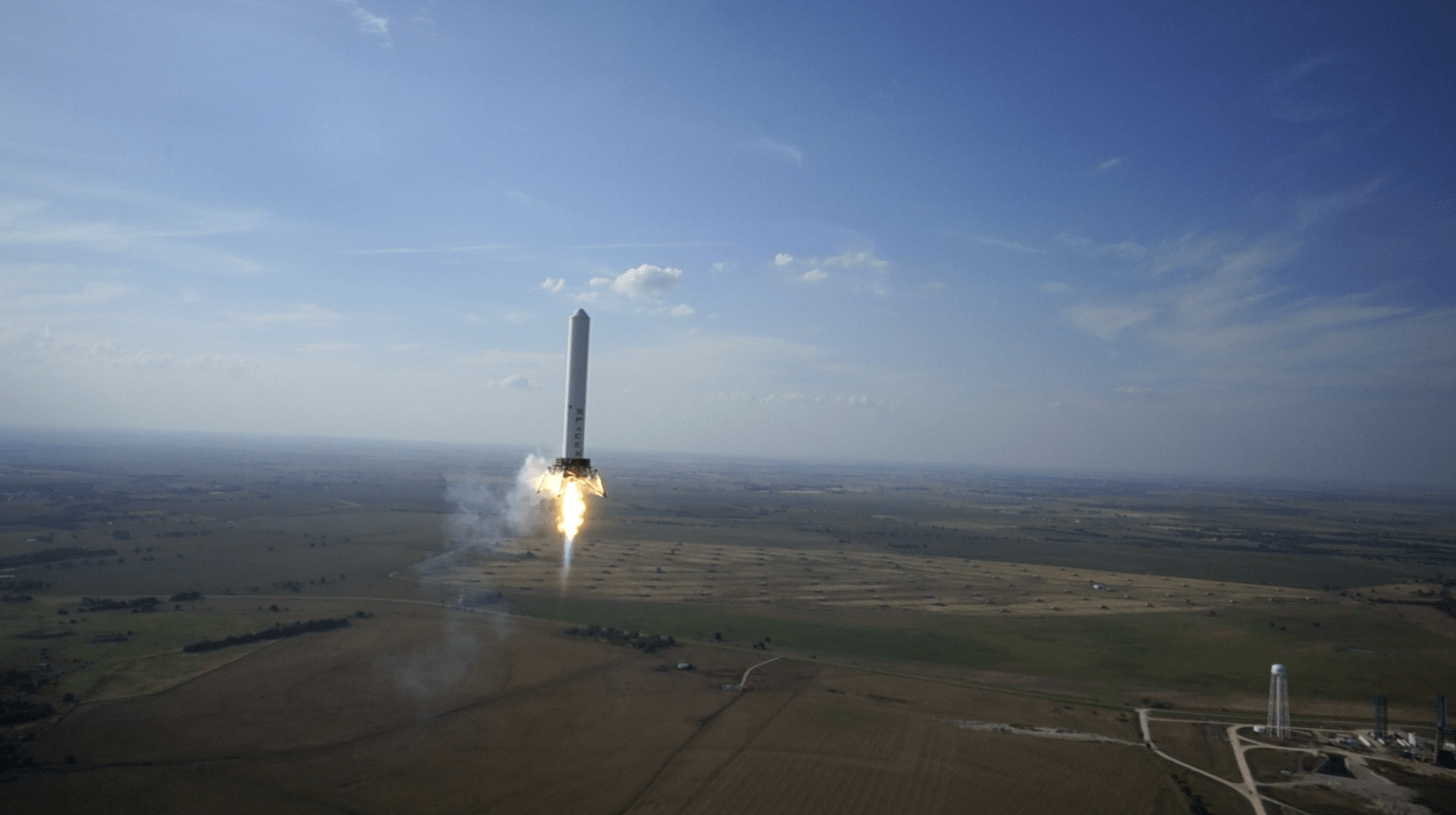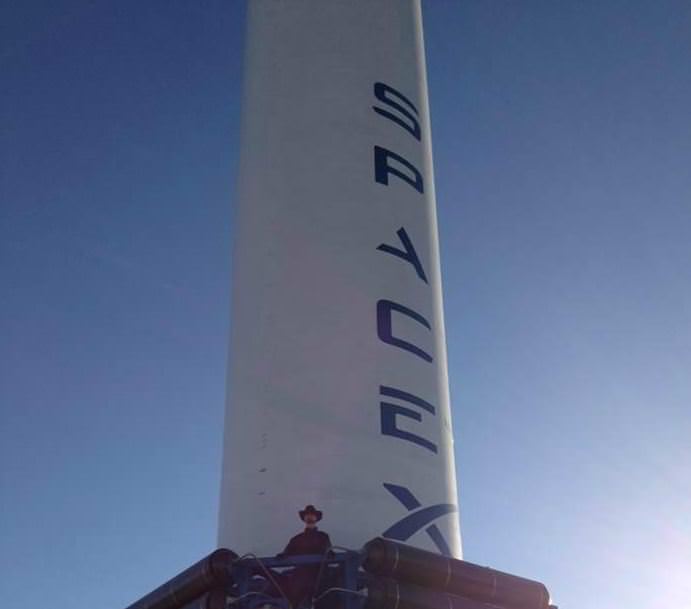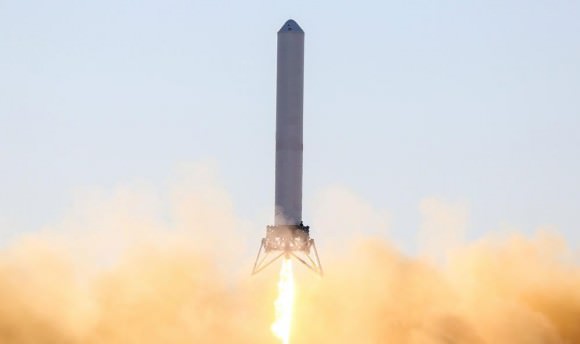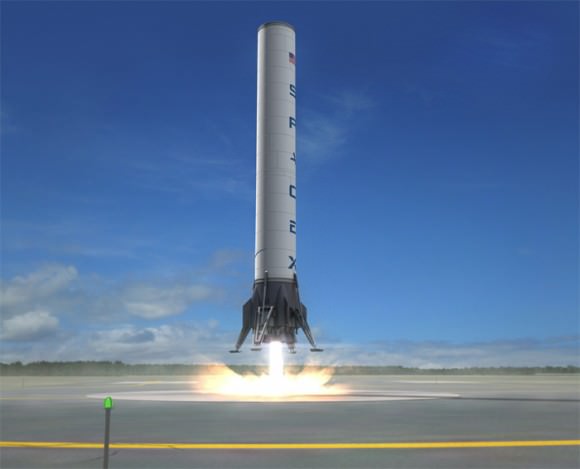SpaceX was founded by Elon Musk in 2002 with a dream of making commercial space exploration a reality. Since that time, Musk has seen his company become a major player in the aerospace industry, landing contracts with various governments, NASA, and other private space companies to put satellites in orbit and ferry supplies to the International Space Station.
But 2014 was undoubtedly their most lucrative year to date. In September, the company (along with Boeing) signed a contract with NASA for $6.8 billion to develop space vehicles that would bring astronauts to and from the ISS by 2017 and end the nation’s reliance on Russia.
And this past week, the company announced a plan to expand operations at its Rocket Development and Test Facility in McGregor, Texas. This move, which is costing the company a cool $46 million, is expected to create 300 new full-time jobs in the community and expand testing and development even further.
According to Mike Copeland of the Waco Tribute, an additional $1.5 million in funding could be allocated from McLennon County. This would give SpaceX a total of $3 million in funds from the Waco-McLennan County Economic Development Corportation, a fund which is used to attract and keep industry in the region.
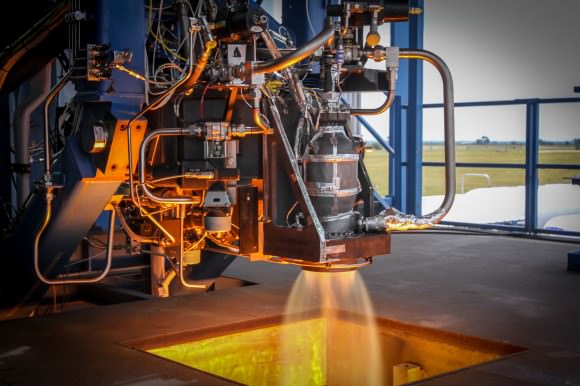
Copeland also indicates that a report prepared by the Waco City Council specified what types of jobs would be created. Apparently, SpaceX is is need of additional engineers, technicians and industry professionals. No doubt, this planned expansion has much to do with the company meeting its new contractual obligations with NASA.
Originally built in 2003, the Rocket Development and Test Facility has been the site of some exciting events over the years. Using rocket test stands, the company has conducted several low-altitude Vertical Takeoff and Vertical Landing (VTVL) test flights with the Falcon 9 Grasshopper rocket. In addition, the McGregor facility is used for post-flight disassembly and defueling of the Dragon spacecraft.
In the past ten years, SpaceX has also made numerous expansions and improvements to the facility, effectively doubling the size of the facility by purchasing several pieces of adjacent farmland. As of September 2013, the facility measured 900 acres (360 hectares). But by early 2014, the company had more than quadrupled its lease in McGregor, to a total of 4,280 acres.
Though far removed from the company’s rocket building facilities at their headquarters in Hawthorne, California, the facility plays an important role in the development of their space capsule and reusable rocket systems. According to SpaceX’s company website, “Every Merlin engine that powers the Falcon 9 rocket and every Draco thruster that controls the Dragon spacecraft is tested on one of 11 test stands.”
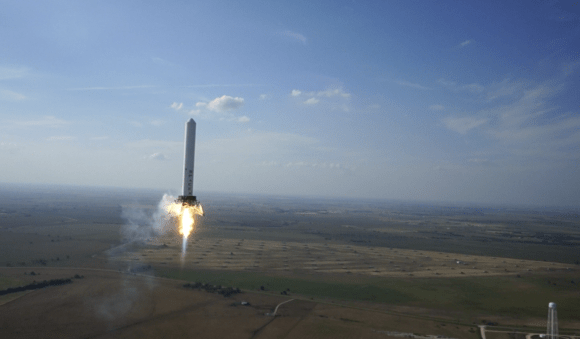
In short, the facility is the key testing grounds for all SpaceX technology. And now that the company is actively collaborating with NASA to restore indigenous space-launch ability to the US, more testing will be needed. Much has been made about the company’s efforts with VTVL rocket systems – such as the Falcon 9 Grasshopper (pictured above) – but the Dragon V2 takes things to another level.
As revealed by SpaceX in May of this year, the Dragon V2 capsule is designed to ferry crew members and supplies into orbit, and then land propulsively (i.e. under its own power) back to Earth before refueling and flying again. This is made possible thanks to the addition of eight side-mounted SuperDraco engines.
Compared to the standard Draco Engine, which is designed to give the Dragon Capsule (and the upper stages of the Falcon 9 rocket) attitude control in space, the SuperDraco is 100 times more powerful.
According to SpaceX, each SuperDraco is capable of producing 16,000 pounds of thrust and can be restarted multiple times if necessary. In addition, the engines have the ability to deep throttle, providing astronauts with precise control and enormous power.
With eight engines in total, that would provide a Dragon V2 with 120,000 pounds of axial thrust, giving it the ability to land anywhere without the need of a parachute (though they do come equipped with a backup chute).
Between this and ongoing developments with the Falcon 9 reusable rocket system, employees in McGregor are likely to have their hands full in the coming years. The expansion is expected to be complete by 2018.
Further Reading: NASA, SpaceX, Waco Tribute


